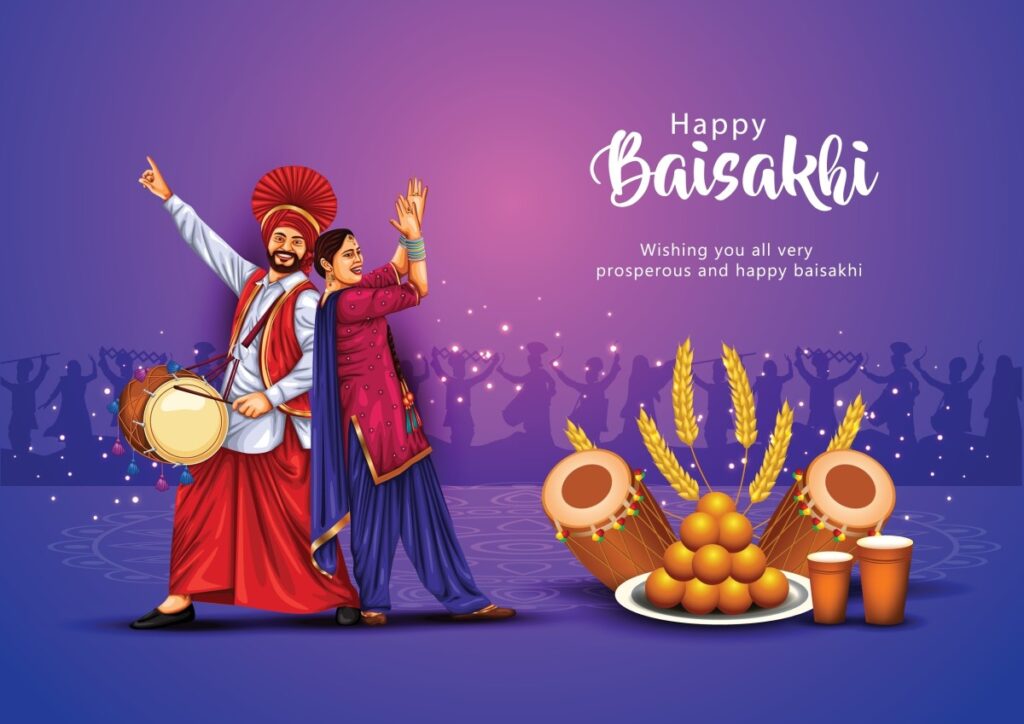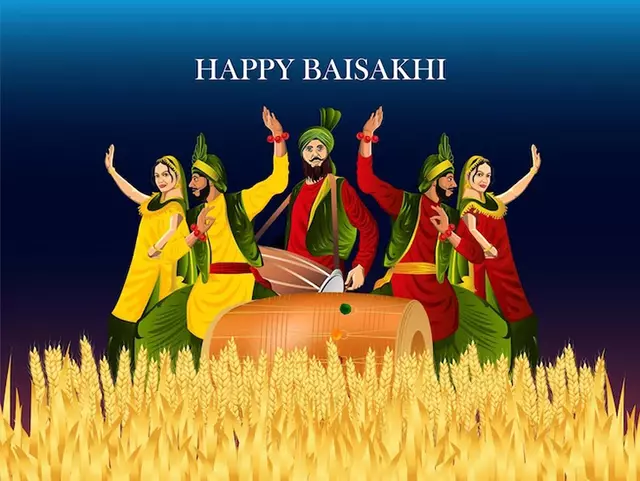Baisakhi is usually celebrated on April 13 or 14 and heralds the beginning of the harvest season in Punjab. First day of the Hindu solar year.
Baisakhi or Vaisakhi is a popular spring festival commemorating the first day of the month of Vaisakh and is celebrated with great joy by the Hindu, Sikh and Christian communities. It marks the beginning of the Punjabi and Sikh New Year, which is celebrated all over India, especially in Punjab and Northern India. This day marks the beginning of the harvest season and is the time for the villagers to share their joys. During Baisakhi, members of the Sikh community visit villagers and attend langars, prepare and distribute food. For many members, Baisakhi is a day of worship and meditation of ‘Waheguru’ (divine action).

About Baisakhi
Baisakhi usually falls on April 13 or April 14. This year it will be celebrated on April 13. This day has historical and spiritual significance since 1699, when Guru Gobind Singh, the 10th Sikh Guru, founded the Khalsa Panth, the common name for baptized Sikh Gurus.
History of Baisakhi
According to legend, on this day, Guru Gobind Singh gathered Sikh men who were willing to sacrifice their lives for their faith and invited them to the tent. The five men who chose to follow him disappeared inside the tent and after a while Guru Gobind Singh came out alone, his sword stained with blood. Soon the men reappeared wearing turbans and became the first members of the Khalsa – Panj Pyare or the Beloved Five. They were baptized by the Guru by sprinkling amrit (holy water).

Baisakhi is also associated with Buddhism as it is believed that Gautama Buddha achieved enlightenment or nirvana on this day. Baisakhi, also known as “Mesh Sankranti”, is the beginning of the solar calendar because on this day the sun enters “Mesh Rashi”, the first sign of the zodiac. Other spring festivals in and around Baisakhi include Pana Sankranti in Odisha, Poila Baisakh in West Bengal, Rongali Bihu in Assam, Puthandu in Tamil Nadu, Vaishakhi in Bihar and Poooram Vishu in Kerala. Both celebrate the start of the harvest season, but the traditions are slightly different.
Meaning of Baisakhi
Baisakhi is the time to celebrate the beginning of the new harvest season and is a special occasion for farmers. The farmers prayed to God to bless them with a good harvest. and I thank them for their lives. In addition to enjoying the health benefits of fresh produce, it is also an auspicious time for family reunions and gatherings. People visit the Gurudwara in the morning, clean and decorate their houses, wear traditional clothes and pray for a prosperous year.
Baisakhi Celebrations
The celebrations start in the morning at the Gurudwara. After the visit, we prepare mouth-watering food and dance to the sound of dhol. On this day, kirtans, special prayers are performed and langars are performed. Folk dances, musical performances and colorful exhibitions are held to celebrate the traditions of the Punjab region. One of the highlights of this festival is kada prasad, made with whole wheat flour, clarified butter and sugar. Meanwhile, we prepare sweet saffron rice and enjoy it as a family.

